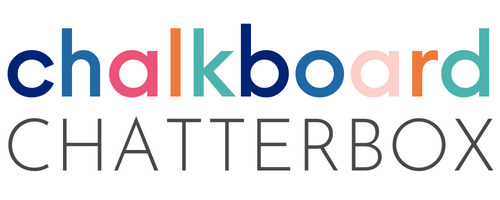The Best Way to Help Students Set and Meet Their Goals
Setting goals isn’t just for January for testing season. School is a natural environment for students to take risks and try new things. How can we teach our students to set academic and personal goals all year? After reading this post, you’ll have goal setting activities and ideas for elementary students:
What are SMART goals? and how to use them
The process of setting attainable goals
How to teach students to maintain a growth mindset
Also, check out these mentor text ideas, to help you introduce goal setting with your students.
What are SMART Goals?
To set students up for success, we can teach them how to make SMART goals.
Specific
Help students make sure that the goals that they are setting are specific.
“I will drink 4 bottles of water each day.”
Measurable
How can students measure the progress of meeting their goal? Students should understand what they can do to get from where they are currently, to where they want to be in the future.
“I can keep track of how many bottles of water that I’m drinking each day.”
Achievable
Sometimes students can have a difficult time planning an achievable goal. They may have big ideas, but we want to make sure that students are setting goals that can be met with success.
“Drinking a gallon of water each day doesn’t seem possible, but I can start with 4 bottles.”
Relevant
When students set goals, it’s important that the goal is meaningful for them and something they actually want for themselves. A student may be tempted to choose a goal that their friend or family want them to achieve instead of what they truly want. It’s helpful for students to understand and voice their reasons for setting new goals.
“I want to drink more water so that I can feel healthier and have more energy.”
Time
Help students understand the difference between short-term and long-term goals. Guide students to understand how long their goals will take to achieve successfully.
“I will drink 4 bottles of water each day this week. Next week, I will drink 5 bottles each day.”
How to Model the Process of Goal Setting
When we teach students how to set goals, we can encourage them to start with simple, short-term goals. When students find success and understand the process, they can begin to set long-term goals.
Model how to reflect on an area of growth
Using the SMART goal strategy, model setting a goal and creating an action plan
Help students consider ideas for growth by creating a list of goal ideas as a whole group activity
Students work with a partner to plan and understand action steps to meet their goals
Teach Students to Maintain a Growth Mindset
Knowing how to set and meet goals is an important social emotional skill for students to adopt.
What can you do if students are struggling to maintain a positive mindset if the process gets hard? We can teach students the characteristics of a growth mindset.
Growth mindset takes practice every day. We can help students develop a growth mindset by providing opportunities to practice new things and take risks.
Teachers can also use positive feedback to remind students that they are capable of success. When students feel good about themselves and the work that they are doing, it will have a positive effect on academic growth.
Wrap-Up
Setting and meeting new goals is an important social emotional learning skill for students to master. With guided practice, we can motivate our students to try new things and meet challenges with success.
Use SMART goals to ensure successful goal setting
Help students foster a growth mindset to have a positive effect on academic growth
Want to try this later? Save These Goal Setting Strategies to your favorite Pinterest board.
You’ll Love These Related Posts











